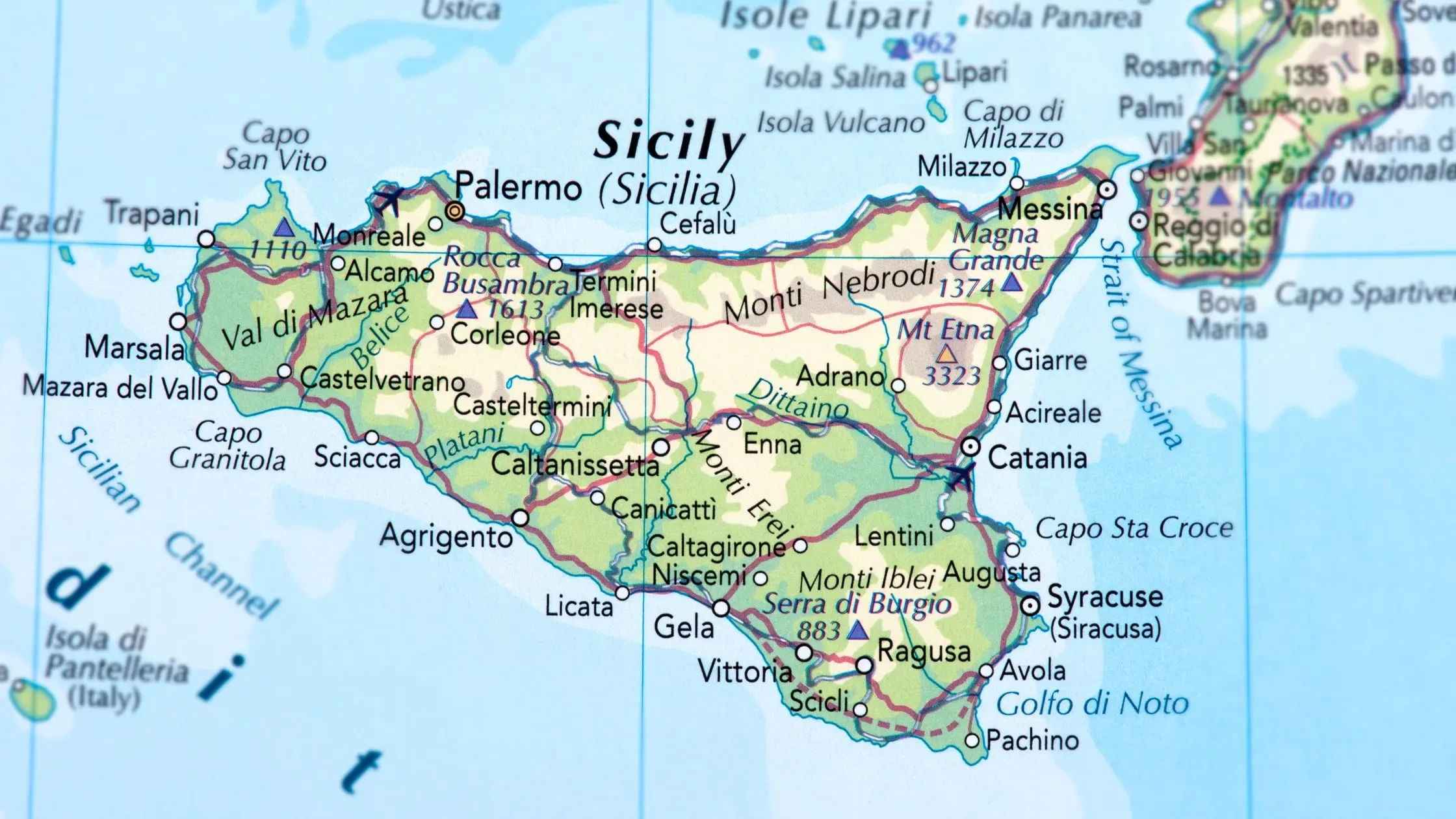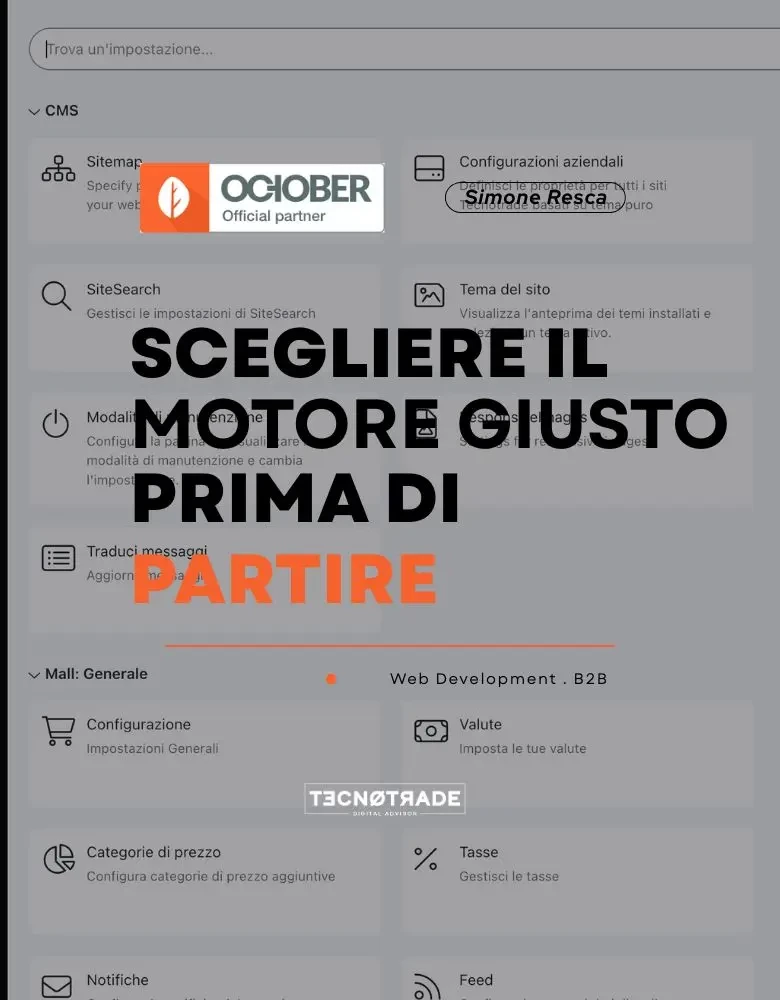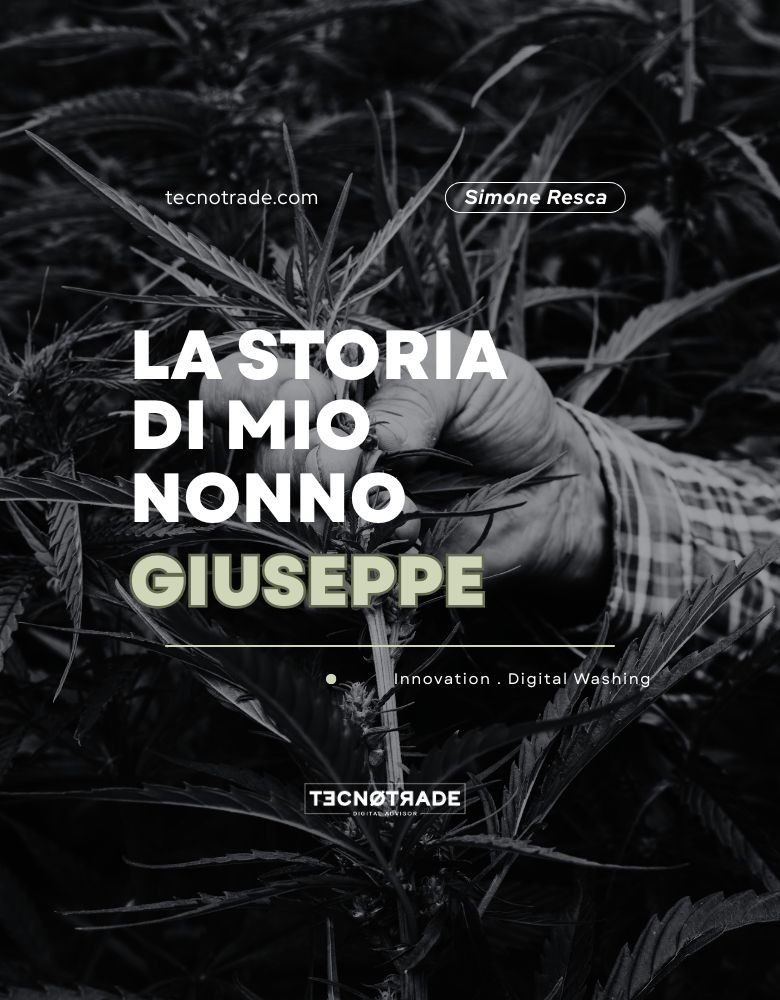The Strait of Messina Bridge is the perfect example of how strategic decisions can be made without a real analysis of priorities.
The same happens every day in companies, where million-euro investments are allocated to spectacular but useless projects, while real problems remain unsolved.
And in the end, the bill always comes.
When strategy ignores reality: the case of the Strait Bridge
The Strait of Messina Bridge is an idea that has been dragged on for decades.
Politicians of every color have promised it, included it in programs, and presented it as a symbol of progress and "vision".
The problem?
Sicily and Calabria do not lack a physical connection: they lack functional infrastructure.
Poor roads, outdated railways, ports that do not meet modern needs. Building a bridge in this context means putting a golden bow on an empty box.
This mechanism – privileging a showcase project over solving real problems – is not only a feature of Italian politics.
I often see it in the corporate world too.
It is the syndrome of "let’s do something big to show we are innovating,” without first fixing the basics.
The result is an imposing work that, in the absence of a context ready to support it, becomes a monument to waste.
In the case of the Bridge, the logic appears even more distorted if we think about the cost: billions of euros, when a fraction of that amount could modernize ports and railways, truly improving the lives of travelers and workers in those regions.
It is a perspective error: focusing on what "makes news" instead of what has real impact.
Just like a large useless infrastructure, in a company, when daily reality is ignored and planning is done without knowing the real bottlenecks, you risk spending a lot to achieve very little.

The corporate bridge: spectacular projects that ignore real problems
Every week I meet companies that proudly tell me about their "big project".
A new management system, a state-of-the-art machine, a cutting-edge e-commerce platform. And every time my first question is the same: "Okay, but does this really solve the problem that is slowing you down today?”
Too often the answer, even if not openly stated, is "no".
Because priorities were not set based on an objective analysis of needs, but on trends, internal pressures, or the desire to "look good" in front of suppliers and clients.
Just like the Strait Bridge, the new project ends up being a showcase: something that catches the eye but does not improve productivity, increase revenue, or reduce costs.
This corporate "disease" manifests in different ways:
- complex software is purchased when internal procedures are chaotic;
- massive marketing investments are made when the product is not ready or has no defined target;
- expensive systems are implemented when staff training is nonexistent.
The problem is that every strategic decision has a cost, and if that cost is absorbed without generating return, not only is money wasted, but internal trust is also damaged.
Employees start thinking that choices are random, suppliers perceive a lack of direction, and clients notice inconsistency.
Just like a bridge built on unstable ground, these corporate projects risk collapsing.
And when they collapse, they cause much greater damage than the wasted budget: they undermine credibility and the ability to recover.
Fix the roads first, then build the bridge
There is an alternative, and it makes much more sense: start from the foundations.
Before thinking about the "bridge" – whether a mega-infrastructure project or a corporate initiative – you need to ensure the ground is solid.
In a company, this means:
- analyzing processes to identify where time and money are lost;
- solving operational problems that block productivity;
- training staff so they know how to use existing tools;
- only then, introducing new technologies or major investments.
When you work this way, every step builds value.
There are no "ghost bridges" disconnected from the rest of the corporate infrastructure.
Every investment is integrated and produces real benefits.
The paradox is that this approach, while more logical and sustainable, is less "spectacular" to those seeking immediate visibility.
There are no ribbon cuttings or flashy press releases, but there are measurable results: improved margins, more satisfied clients, more motivated employees.
And when it finally comes time to build the "bridge," then it truly becomes a useful work: connecting two solid banks, supporting real traffic, and creating opportunities.
This is how you build a lasting future, for a region or a company.



